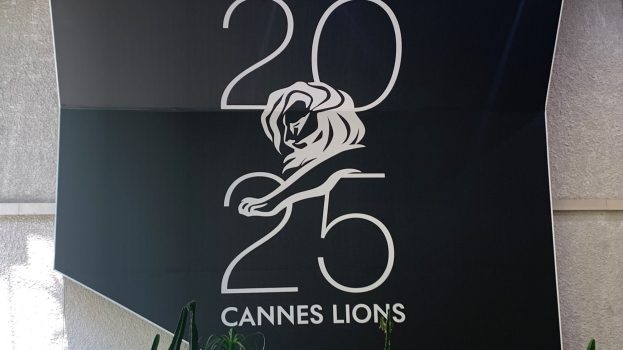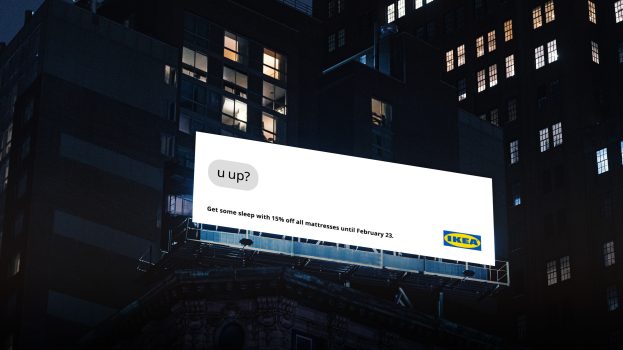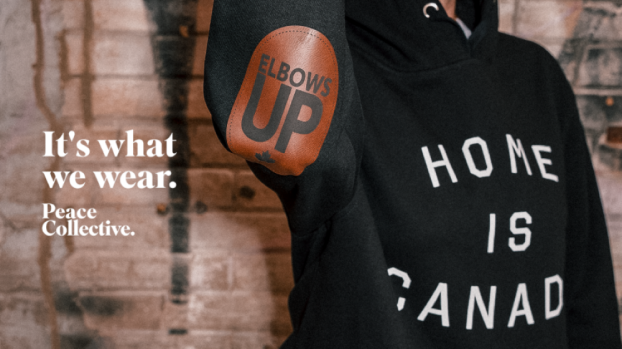By Jordan Pinto
The COVID-19 health and safety protocols for Ontario productions have been released following approval from the Ontario Ministry of Labour, Training and Skills Development.
The 45-page document, titled “Film and television industry health and safety during COVID-19,” was developed by the Section 21 Committee. The industry group is co-chaired by the CMPA and technicians union NABET 700-M UNIFOR, with members representing Ontario unions, guilds and government organizations. The committee finalized the guideline for government review in early June.
It arrives just as the Toronto and Peel regions enter Stage 2 of the province’s phased re-opening strategy, which permits film and TV productions to continue as long as they follow proper physical distancing. The Toronto Film Office confirmed to strategy sister-site Playback Daily that it has resumed issuing film permits, the first time it has done so since the onset of the COVID-19 pandemic in mid-March.
The guideline covers general and department-specific areas of interest for preventing the spread of COVID-19 in productions. General protocols cover how to properly screen employees, what to do if a worker is infected or exposed to the virus, and how to control the risk of COVID-19 with physical distancing, cleaning and disinfection rules, PPE and proper equipment management. It also provides a list of public health resources available, such as the Ontario COVID-19 self-assessment page, which is part of the screening process.
The document goes on to outline specific protocols for departments, with guides for buying, camera, construction, food, hair/makeup/wardrobe, locations and studio, performers, post-production/animation/VFX, production offices, technicians and transportation. The majority of the departmental measures cover more detailed needs for physical distancing, hygiene measures and cleaning and disinfection. For instance, in hair and makeup, the guideline calls for performers to do their own hair, makeup and styling, within reason, and as limited styling for child actors as possible.
In the case of performers, the guideline covers casting, voice performance, physical distancing on camera, use of props, stunt performers and child actors.
In casting, for instance, it calls for auditions to be remote whenever possible, avoid open calls, and when holding physical auditions, either set up distanced line-ups outside the building or keep performers in their cars until their audition time. As for on-camera interactions, the guideline says to limit repetition of physical touches during scenes, ensure performers wash or sanitize their hands after they physically interact in a scene and otherwise maintain a clear barrier between performers.
Other department-specific guidelines include how to set up a production office for proper distancing, best practices for scouting film locations with COVID-19 measures in mind, and safety measures for transportation, such as limiting the number of people in a vehicle and having individuals use the same vehicle each day.
In addition to the guideline, the CMPA has created a checklist for producers to use when launching a production, with a template of policies and protocols that can be customized based on specific need. The CMPA will also hold a webinar to cover the guideline during the week of July 6, with additional details to come.
This story originally appeared in Playback. Image: Pexels
























